W. E. Moerner, M. Orrit, U. P. Wild, Thomas Basché3527293167, 9783527293162
Table of contents :
Single-Molecule Optical Detection, Imaging and Spectroscopy……Page 6
List of Contents……Page 10
1.1.1 Introduction – Why do Single-Molecule Studies in Solids?……Page 18
1.1.2.1 General considerations……Page 20
1.1.2.2 Spectral selection using zero-phonon lines and inhomogeneous broadening……Page 21
1.1.2.3 Peak absorption cross-section……Page 24
1.1.2.4 Other important requirements for single-molecule spectroscopy……Page 26
1.1.3.1 Geometrical configurations for focusing and fluorescence collection……Page 27
Direct absorption (frequency-modulation) spectroscopy with secondary modulation……Page 29
Fluorescence excitation spectroscopy……Page 32
Measurement of spectral trajectories of single molecules……Page 36
Time correlation of single-molecule emission signal……Page 40
1.1.3.3 Materials systems and structures……Page 42
1.1.4 Summary and outlook……Page 44
References……Page 45
1.2.1 Introduction……Page 48
1.2.2.1 Basic properties……Page 49
1.2.2.2 Temperature dependence of the optical linewidth and lineshift……Page 52
1.2.2.3 Saturation behaviour……Page 55
1.2.3.1 Basic instrumentation……Page 60
1.2.3.2 Observables……Page 61
Pentacene in p-terphenyl……Page 62
Terrylene in polyethylene……Page 63
Terrylene in p-terphenyl……Page 65
1.2.4.1 Introduction……Page 66
Quantum jumps of a single molecule……Page 67
Theoretical description of correlation effects in a single molecule……Page 70
Experimental determination of the intensity correlation function……Page 73
Experimental results……Page 74
1.2.4.4 Pump-probe experiments: lights shift……Page 78
1.2.5 Conclusion and outlook……Page 81
References……Page 82
1.3.2.1 Introduction……Page 86
1.3.2.2 Experimental……Page 89
Modulation of the fluorescence intensity……Page 90
Theoretical interpretation……Page 91
Observation of domains……Page 92
Assignment of the spectroscopic sites to the crystallographic sites……Page 93
Determination of the depth of a single molecule relative to the surface……Page 95
1.3.3 Fluorescence lifetime……Page 96
1.3.3.2 Data analysis……Page 97
1.3.3.3 Measurements and results……Page 98
1.3.4 External electric fields and Stark effect……Page 99
1.3.4.1 Theoretical overview……Page 100
Experimental setup……Page 101
Measurements and results……Page 102
1.3.4.3 Perylene in nonane……Page 104
Experimental setup……Page 105
Results……Page 106
1.3.4.5 Stark effect in the optical near-field……Page 108
Results……Page 109
1.3.5 Pressure effect……Page 111
Reference cavity……Page 112
The pressure cell……Page 113
Results for terrylene in p-terphenyl……Page 114
Comparison of the two systems……Page 115
1.3.6 Fluorescence microscopy……Page 116
The three-lens microscope……Page 117
The immersion micro objective……Page 120
Parallel study of the dynamics of single molecules……Page 121
References……Page 123
1.4.1.1 Sensitivity of zero-phonon lines to the environment……Page 126
1.4.1.2 Dynamics of disordered solids:two-level systems……Page 127
1.4.1.3 Coupling of a single molecule to two-level system……Page 131
1.4.1.4 Experimental methods for spectral jump studies……Page 133
1.4.2.1 Crystal structure and defects……Page 134
1.4.2.2 Pentacene in para-terphenyl crystal……Page 135
1.4.2.3 Other crystalline systems……Page 141
1.4.3.1 Polymer structure and dynamics……Page 143
1.4.3.2 First polymer system: perylene in polyethylene……Page 144
Terrylene in polyethylene……Page 145
Lineshapes and widths in other polymers……Page 147
1.4.3.4 Dynamical properties……Page 149
1.4.4.1 Main results……Page 154
1.4.4.2 New directions……Page 156
References……Page 157
1.5.1 Introduction……Page 160
1.5.2 Dynamics of a single two-level system……Page 163
1.5.3 Spectral dynamics of a chromophore coupled to one or many two-level systems……Page 165
1.5.4 Experimental observables……Page 167
1.5.5 Analysis of Experiments……Page 170
1.5.6 Conclusion……Page 172
References……Page 173
1.6.1 Introduction……Page 176
1.6.2 Principles of the experiment……Page 177
1.6.3 Experimental……Page 179
1.6.4.1 The spin Hamiltonian……Page 181
1.6.4.2 Kinetic equation of the optical pumping cycle……Page 183
1.6.4.3 The correlation funtion of the function of the fluorescence intensity under the influence of microwave irradiation……Page 185
1.6.5.1 Electron-paramagnetic resonance……Page 186
1.6.5.2 Hyperfine interactions of a single molecular spin with individual nuclear spins……Page 190
1.6.5.3 Determination of the intersystem crossing rates via the autocorrelation function of the fluorescence intensity……Page 196
1.6.6.1 Transient nutation……Page 198
1.6.6.2 Hahn echo……Page 199
1.6.6.3 Photon-triggered EPR……Page 203
1.6.7. Conclusion and outlook……Page 204
References……Page 205
2.2.1 Near-field optics……Page 208
2.2.2 Sensitivity……Page 209
2.3.1 Fluorescence excitation and detection……Page 210
2.3.2 Tip–sample distance control……Page 213
2.4.2 Orientation and location……Page 214
2.4.3 Spectral diffusion at room temperature……Page 218
2.4.4 Fluorescence lifetime behaviour……Page 222
2.4.5 Photobleaching and intensity fluctuations……Page 228
2.4.6 Biological applications……Page 233
2.5.2 Future……Page 237
References……Page 238
3.1.1 Photon-burst detection of single molecules……Page 240
3.1.2 Digital communication theory……Page 242
3.1.3 Sample throughput……Page 244
3.2.1 Total internal reflection microscopy……Page 245
3.2.2 Confocal microscopy in solution……Page 246
3.2.4 Modified flow cytometry – hydrodynamic focusing……Page 248
3.2.5 Large flow chambers……Page 249
3.3 Applications of single-molecule detection – DNA sequencing……Page 250
3.4.1 Characterization of the instrument……Page 251
3.4.2 Demonstration of single-molecule detection with a He–Ne……Page 252
3.4.3 Capillary electrophoresis……Page 255
References……Page 259
Index……Page 262
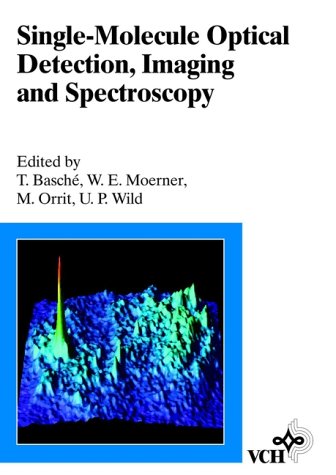
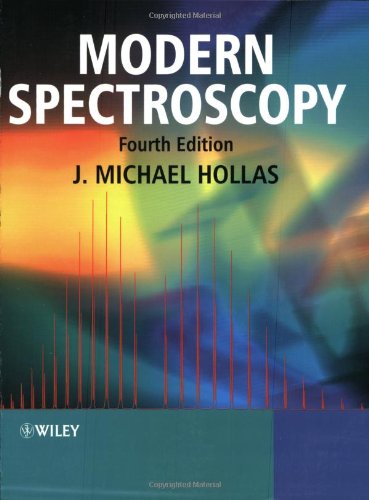
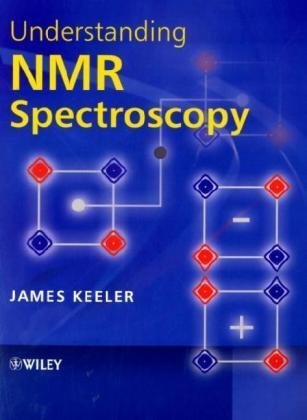
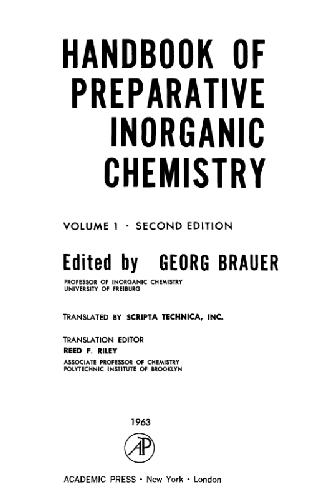
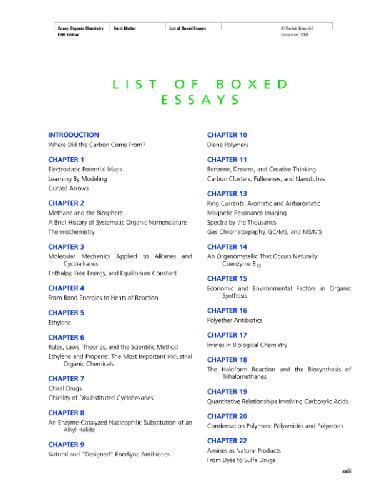

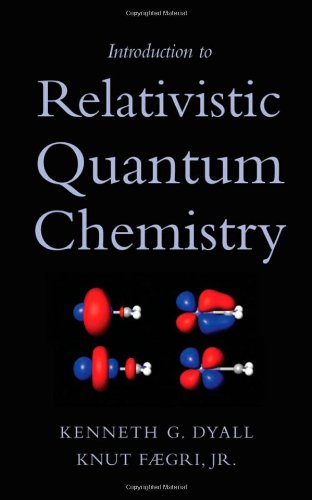
Reviews
There are no reviews yet.